The magic and allure of Persian poetry

There is something truly magnificent about poetry and literature in any language. One could say poetry is language in its most exalted form, where words’ every conceivable and unfathomable protentional is dragged out and put on display. There is something magical about words and poetry has the capacity to exercise mastery over this magic, not to tame it, no, but the exact opposite: to give it space and purpose to run wild and free.
With Persian, I have always found this magical aspect more potent and present. Perhaps it’s the bias talking here (after all, one can never disregard the influence of the language you grew up with and made your first sentences in), or perhaps, judging by the ardent reaction of many figures to Persian poetry such as those by Molana Rumi or Khayyam, there is some grain of objective truth to the sentiment. At any rate, Persian poetry, for me, has always been a great selling point in convincing foreign people to take up learning the language, no matter how difficult it may first appear to be because of the different writing systems. After all, few souls would fail to soar and thrum with awe and longing at hearing this line:
“چون یاد تو می آرم خود هیچ نمی مانم”
“The thoughts of you leave nothing of me.” – Saadi, 13th-century Persian poet
And this is our classical poetry. But it rings so close and so intimate to our hearts today as if there is no distance of 900 years in-between. This is Saadi’s magic. The magic of poetry.
Persian poetry has a very special place in the hearts of Iranians. Many of our most common proverbs are in fact taken from classical poetry (“آواز دهل شنیدن از دور خوش است”, literally meaning “the sound of the drum sounds better from afar” and close in meaning to “blue are the hills that are far away” is a very popular Persian proverb and is, in fact, a line from a poem by Khayyam.) Our love for poetry goes so far that many Iranians even try to glean some spiritual guidance from it. The tradition of fal-e Hafez, which is using Hafez’s poems for divination, is a well-practiced one in many households, especially on special nights such as the New Year or Yalda Night, a festival celebrated on the “longest and darkest night of the year.”
It was for this great love and attachment to poetry that September 18 was later named on the Iranian calendar as the National Day of Persian Poetry, coinciding with the death anniversary of Iranian poet Mohammad Hossein Behjat Tabrizi (1906-1988), who is mainly known by his pen name as Shahriar.
Shahriar is primarily famous for writing in both Azeri and Persian. In fact, he is credited with being one of the first Azerbaijanis of Iran to write a significant collection of poetry in the Azeri language. His most famous work Heydar Babaya Salam (1954) is actually popular among Azeri-speaking people and has been translated into more than 30 languages. Much of his poetry is entwined with tragic themes and he took great inspiration from Hafez and Ferdowsi.
The National Day of Persian Poetry presented me with a good opportunity to talk about Persian poetry. Here’s a list of some of the most influential Persian poets and their contributions to keeping the Persian language alive and thriving. You may also recognize some of them.
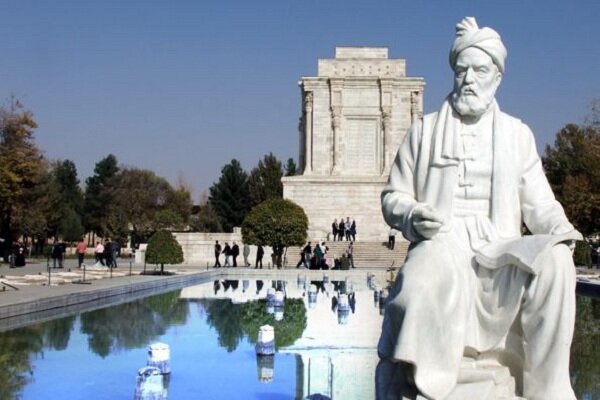
Ferdowsi (c. 940–1020)
Abul-Qasem Ferdowsi Tusi is the author of Shahnameh (“Book of Kings”), which is one of the world’s longest epic poems created by a single poet, and the national epic of Greater Iran, containing many amazing tales about Persian mythical heroes such as Rostam. Ferdowsi is celebrated as the most influential figure in Persian literature and one of the greatest in the history of literature. Many believe that the reason that the Modern Persian language today is more or less how it was over 1000 years ago is because of Shahnameh and its lasting linguistic influence.
April 14 is celebrated as Ferdowsi Day in Iran.
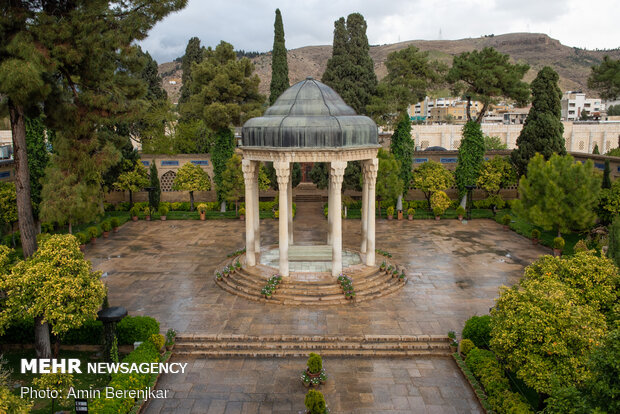
Hafez (1315-1390)
Khwaja Shams-od-Din Mohammad Hafez-e Shirazi, known by his pen name Hafez, is regarded by many Iranians as a major figure contributing great inspiration to the bulk of Persian literature. His book of poetry is found almost in every Persian-speaking household, and many of his lines had become popular proverbs. He is also credited as having influenced post-14th century Persian writing more than any other author. His poems are used for divination, in Persian traditional music, visual art, and Persian calligraphy.
October 11 is celebrated as Hafez Day in Iran.
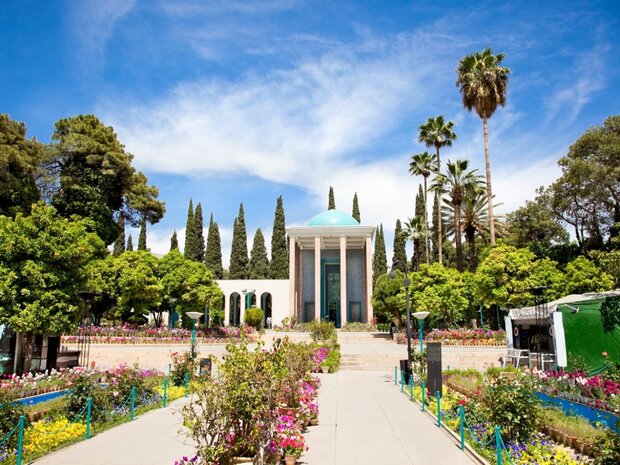
Saadi (1210 – 1291 or 1292)
Abu-Mohammad Muslih al-Din bin Abdollah, better known by his pen-name Saadi, was born in Shiraz and was a major Persian poet and prose writer of the medieval period. His mastery over language is uncontested, and the quality of his writings has earned him the title “Master of Speech” among Iranians. The most magical element of Saadi’s poetry is how simple it appears to be at first, but in fact, how deep the meaning and the beauty of it runs through the lines. Everyone can read Saadi and get something out of it, while scholars will delve deeper into the many layers of meaning and expose the true beauty of each word and line.
Bani Adam (meaning “Children of Adam”) is one of his most famous poems, inscribed on a large hand-made carpet installed in 2005 on the wall of a meeting room in the United Nations building in New York. The poem emphasizes unity in mankind, regardless of social barriers and labels.
April 20 is celebrated as Saadi Day in Iran.
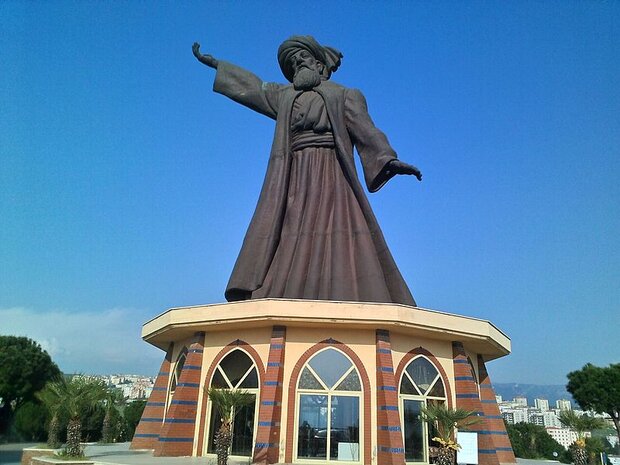
Molana ‘Rumi’ (1207 – 1273)
Jalal ad-Din Mohammad Rumi, better known in Iran as Molana/Molavai (“our master/my master”) and in the world as Rumi, was a 13th-century Persian poet, Islamic scholar, theologian, and Sufi mystic originally from Greater Khorasan in Greater Iran. Rumi’s influence goes beyond national borders and ethnic divisions: Iranians, Tajiks, Turks, Greeks, Pashtuns, other Central Asian Muslims, and the Muslims of the Indian subcontinent have greatly appreciated his spiritual legacy for the past seven centuries. His poems have been widely translated into many of the world’s languages. Translations of his works are very popular, most notably in Turkey, Azerbaijan, the United States (actually, the most popular poet there), and South Asia. He’s described as “a poet of joy and of love”.
September 29 is celebrated as Molana Day in Iran.
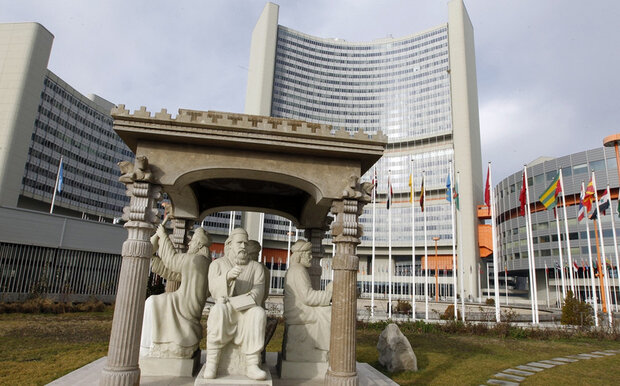
Khayyam (1048 – 1131)
Born in Nishabur in northeastern Iran, Omar Khayyam was a Persian mathematician, astronomer, philosopher, and poet. As an astronomer, he designed the Jalali calendar, a solar calendar with a very precise 33-year intercalation cycle. There is a tradition of attributing poetry to Omar Khayyam, written in the form of quatrains. This poetry became widely known to the English-reading world in a translation by Edward FitzGerald (Rubaiyat of Omar Khayyam, 1859), published in several hundred editions since. Khayyam’s poetry is mostly known to advocate living life in the present and enjoying the small blessings to their fullest.
April 17 is celebrated as Khayyam Day in Iran.
MNA/
source: en.mehrnews.com





